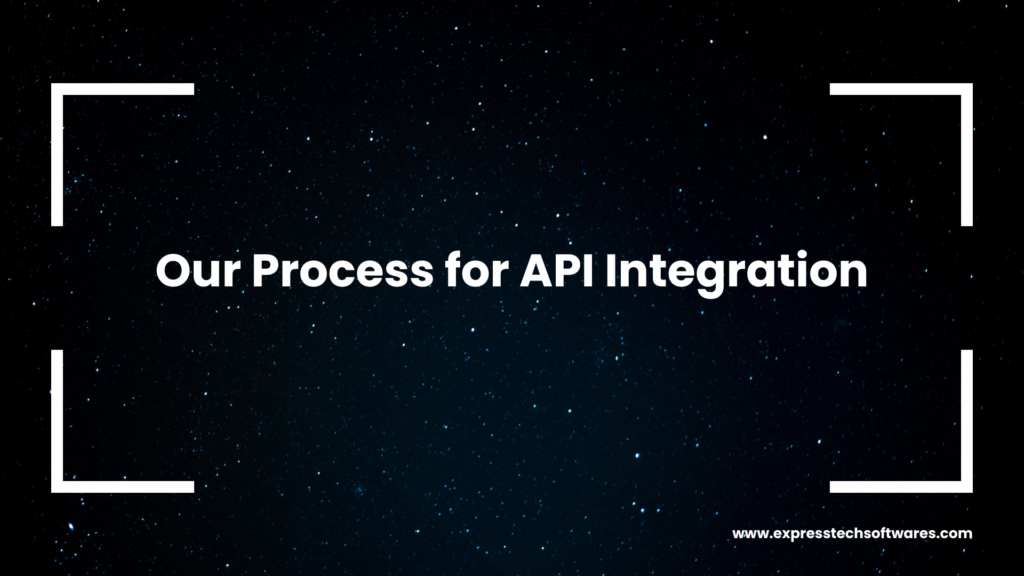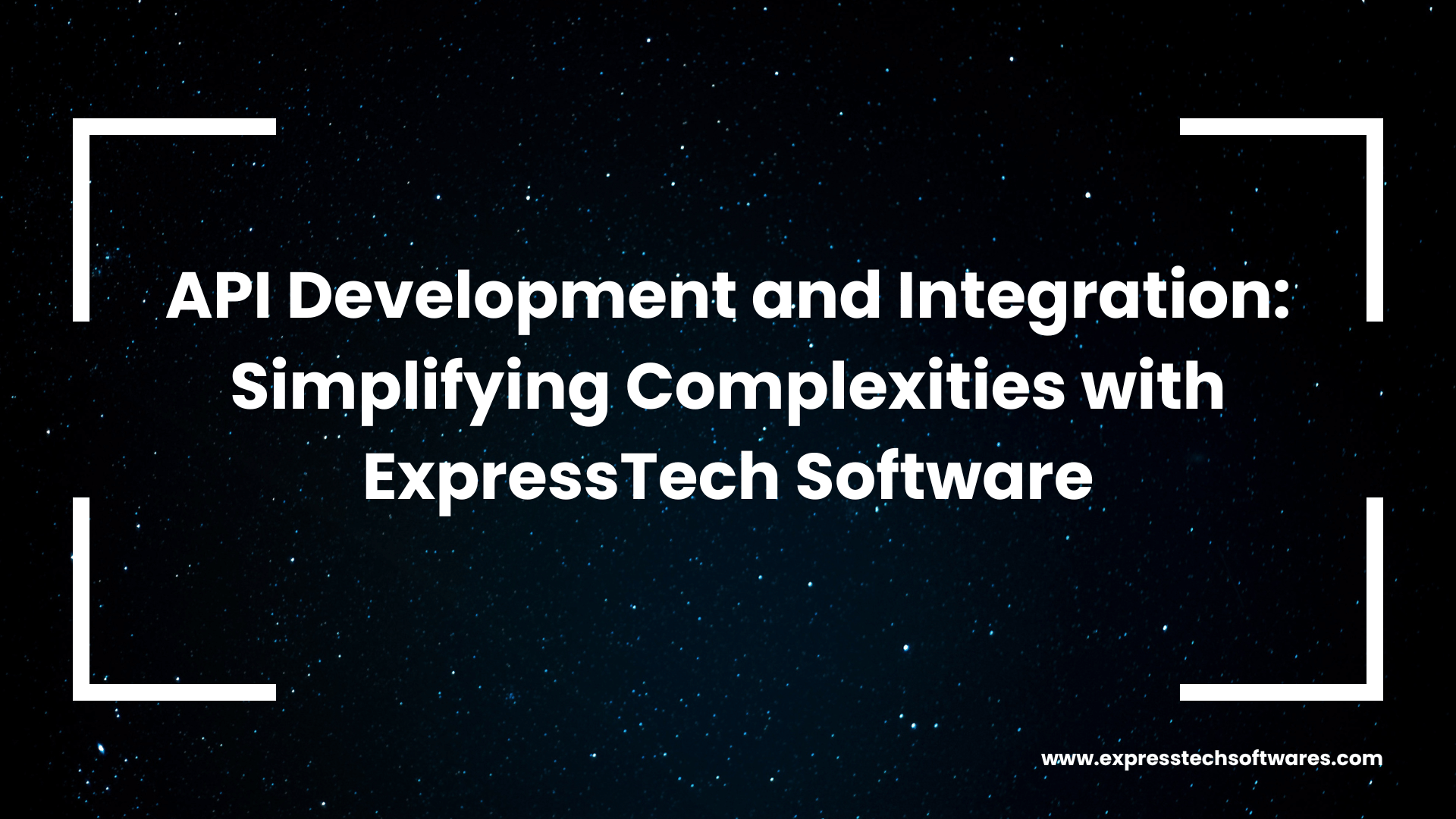API integrations sound simple enough, right? You connect two systems, exchange data, and call it a day.
But in reality, it’s like solving a puzzle where every piece needs to fit perfectly.
At ExpressTech Software, custom API development and integration is something we live and breathe. Whether it's integrating with Circle.so, developing custom connections, or managing rate limits—we’ve got it covered.
Let’s dive into the complexities, responsibilities, and processes behind API integrations.
Understanding the Basics: What is API Integration?
APIs (Application Programming Interfaces) are like bridges between software systems.
They let different applications communicate and share data seamlessly. Imagine syncing your fitness app with a smart scale. That’s API magic in action.
For platforms like Circle.so, APIs allow us to:
- Automate workflows.
- Sync data in real-time.
- Enhance functionality with third-party apps.
But here’s the kicker: Not all APIs are created equal. Some come with quirks, limitations, or downright confusing documentation. That’s where our expertise shines.

Factors in API Development
When building or integrating APIs, there are a few essential factors to consider:
1. Registering Applications
Registering your app with the API provider is the first step. This gives you access credentials (API keys or tokens) to communicate securely. For Circle.so, we guide clients through this step or handle it entirely.
Pro Tip: Always secure your API keys. Exposing them can lead to unauthorized access—and trust me, no one wants that headache.
2. Understanding API Endpoints
APIs use endpoints to define specific actions. For instance:
- GET: Retrieve data.
- POST: Send new data.
- PUT: Update existing data.
- DELETE: Remove data.
Our team maps these endpoints meticulously to ensure efficient data exchange.
3. Rate Limits
Most APIs enforce rate limits to prevent overloading their servers. Imagine this: You’re running a cron job to fetch user updates every minute, but you exceed the API’s limit. Oops! The connection gets throttled.
At ExpressTech Software, we monitor rate limits and implement strategies (like batch updates) to stay within safe boundaries.
4. Error Handling
Errors happen. Maybe an endpoint is down, or there’s a typo in the payload (been there, done that). Robust error handling ensures your system doesn’t crash and burn. We build fallback mechanisms, like retries and detailed logging, to identify and fix issues quickly.
5. Testing and Debugging
Before deploying an API integration, thorough testing is non-negotiable. We simulate real-world scenarios to catch bugs early and ensure everything works smoothly.
Complexities in API Integration
While API integrations are rewarding, they come with challenges:
1. Documentation Woes
Some APIs have stellar documentation. Others? Not so much. We’ve encountered APIs with vague, outdated, or contradictory instructions. Navigating these waters requires experience and persistence.
2. Authentication Protocols
From basic API keys to OAuth 2.0, authentication methods vary. Setting up secure connections while ensuring seamless access can be tricky. But hey, it’s all in a day’s work for us.
3. Data Transformation
APIs often use different data formats (JSON, XML, etc.). Transforming and mapping this data to fit your system is a critical step.
Example: While working with Circle.so, we helped a client sync user profiles from their WordPress site. It required restructuring data fields to match Circle’s API requirements.
Our Process for API Integration

At ExpressTech Software, our API integration workflow looks like this:
1. Requirements Gathering
We start by understanding your goals:
- What data needs to be exchanged?
- How frequently?
- Are there specific security concerns?
2. API Research
We explore the target API’s documentation, rate limits, and capabilities.
This helps us identify potential challenges early.
3. Development
Using tools like Postman, we craft requests and design workflows. Custom scripts, cron jobs, and error-handling routines come into play here.
4. Testing
We run end-to-end tests to ensure data flows correctly. Our team checks edge cases, like how the system handles downtime or rate limit breaches.
5. Deployment and Monitoring
Once live, we monitor the integration for performance and reliability. Adjustments are made as needed.
Ready to supercharge your system with seamless API integration? Contact ExpressTech Software today!
FAQs About API Integration
1. Can you integrate custom APIs?
- Absolutely! Whether it’s a bespoke API or a popular one like Circle.so, we’ve got the expertise.
2. How do you handle rate limits?
- We optimize requests, implement batching, and use cron jobs to stay under rate limits.
3. What happens if the API changes?
- APIs evolve. We offer ongoing support to adapt your integrations to new versions or features.
4. How long does an API integration take?
- It depends on complexity. A basic integration may take a week, while advanced workflows can take several weeks.
5. Do you provide documentation for the integration?
- Yes, we deliver detailed documentation for future reference.
Got more questions? Let’s chat! Reach out here.
A Personal Note
Back when we started, API integration seemed daunting. I remember struggling with a client’s custom API that had barely any documentation. After days of trial and error (and a bit of hair-pulling), we cracked it. That experience taught us patience and perseverance—qualities we bring to every project today.
Integrations aren’t just about tech. They’re about understanding your needs, navigating challenges, and building solutions that work like a charm.
Why Choose ExpressTech Software?
- Experience: Years of working with APIs across industries.
- Reliability: We ensure your integration runs smoothly, 24/7.
- Customization: Tailored solutions that meet your unique requirements.
- Support: Ongoing assistance to keep your system up-to-date.
Let us handle your API integration, so you can focus on growing your business. Get started now!




